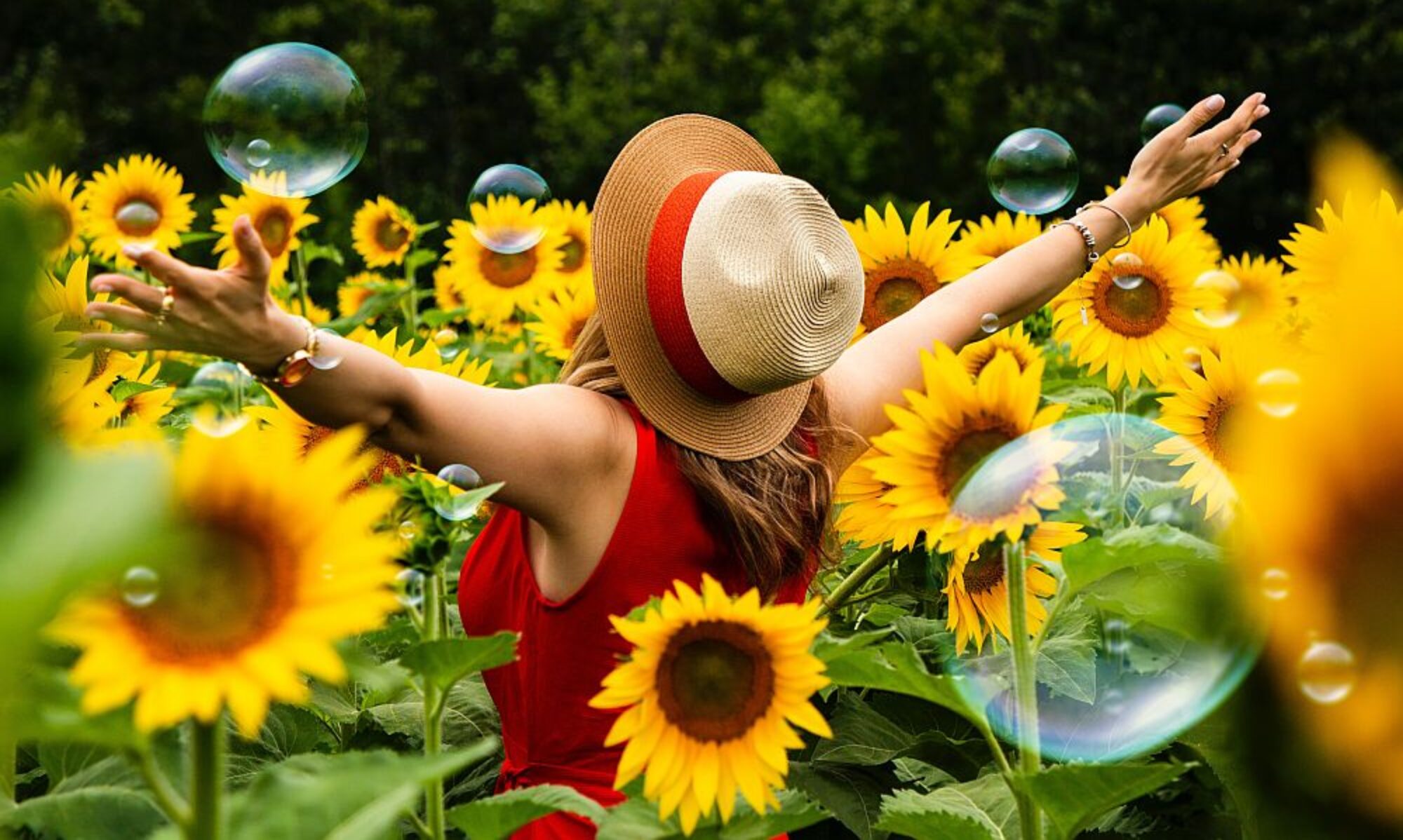The Camino de Santiago de Compostela teaches us lessons, about ourselves, and the world we live in. When we walk the Camino, we exercise our bodies as well as our minds.
Are you ready for the challenge?
Maps
- Condom to Eauze
- Eauze to Nogaro
- Nogaro to Aire-sur-Adour
- Bus Schedule Nogaro/Manciet to Condom
- Guidebook 1 (free download)
- Guidebook 2 (free download)



Useful Phrases en Route
| I’m looking for… Where is…? How much is…? Too expensive | Je suis à la recherche de… Ou se trouve…? Combien coute…? Trop chère |
| Does anyone here speak English? Good morning Good evening Bye/See you Please Thank you Sorry/Excuse me What’s your name? My name is Can I have a … beer please/a glass of wine/coffee with milk Yes/No | Quelqu’un parle Anglais? Bonjour Bonsoir Au revoir S’il vous plait Merci Désolé/Excusez-moi Quel est votre prénom? Je m’appelle Je voudrais….une biere s’il vous plait/un verre de vin/café crème Oui/non |
| How do I get to…? Is it far? Go straight ahead Turn left, Turn right | Comment faire pour aller à…? C’est loin? Tout droit Tourner a gauche, Tourner a droite |
| Open/Closed Police Station Entrance/Exit Prohibited Toilets Men/Women | Ouvert/Fermé Gendarmerie, police nationale Entrée/Sortie Interdit Toilettes Hommes/Femmes |
| I need help Fire Call…! I’m sick An ambulance, A doctor The police/the fireman I am lost It’s an emergency I’m allergic to: Milk products Peanuts ShellfishTree nuts Eggs Fish Soy Wheat I’m vegetarian Meat, Beef, Chicken Pork, Ham, Fish Potatoes, Salad, Onion Ice cream, Strawberry Sparkling water, Natural water Coffee, Expresso with milk | J’ai besoin d’aide Feu Appel le…! Je suis malade Une ambulance, Un medecin La police/ Les pompiers Je suis perdu C’est une urgence Je suis allergique à: Produits laitiers Cacahuete Fruits de mer Noix Oeufs Poisson Soja Blé Je suis végétarien Viande, Boeuf, Poulet Porc, Jambon, Poisson Pommes de terre, Salade, Onion Glace, Fraise Eau gazeuse, Eau plate Café(=expresso), Noisette |
| What time does … leave/arrive? The bus, the plane, the train, Airport Time table | A qu’elle heure le….part/arrive? Le bus, l’avion, le train Aéroport Horaires |
ATM/bank Post office/ Tourist Office What time is it? Today, tomorrow, yesterday Morning, afternoon, evening, night | Distributeur/Banque La Poste/ Office du tourisme Qu’elle heure est-il? Aujourd’hui, demain, hier matin, Après-midi, soir, nuit |
The Shell Story
The earliest records of visits paid to the shrine dedicated to St. James at Santiago de Compostela date from the 9th century. It became customary for those who returned from Compostela to carry a Galician scallop shell as proof of their completion of the journey. The scallop shell has long been the symbol of the Camino de Santiago. The most common myth about the origin of the symbol concern the death of Saint James, who was martyred by beheading in Jerusalem in 44 AD. According to Spanish legends, he had spent time preaching the Gospel in Spain, but returned to Judaea upon seeing a vision of the Virgin Mary on the bank of the Ebro River. After James’s death, his disciples shipped his body to the Iberian Peninsula to be buried in what is now Santiago. Off the coast of Spain, a heavy storm hit the ship, and the body was lost to the ocean. After some time, however, it washed ashore undamaged, covered in scallops. The grooves in the shell, which meet at a single point, represent the various routes pilgrims travelled, eventually arriving at a single destination: the tomb of James in Santiago de Compostela. The shell is seen on posts and signs along the Camino in order to guide pilgrims along the way.
The Compostela (“field of stars”)
Today, hundreds of thousands of pilgrims make their way to Santiago de Compostela via one of the pilgrims’ routes. On arrival, many attend a Pilgrim’s Mass held in the Cathedral of Santiago de Compostela each day at 12:00 and 19:30. Pilgrims who received the Compostela the day before have their countries of origin and the starting point of their pilgrimage announced at the Mass. The Compostela is a certificate of accomplishment given to pilgrims on completing the Way. To earn the Compostela one needs to walk at least 100 km or cycle at least 200 km. The Pilgrim’s Office gives more than 100,000 compostelas each year to pilgrims from more than 100 different countries.
On my blog, and in my books, you’ll find loads of information about the Camino and about making the most of your walk.


